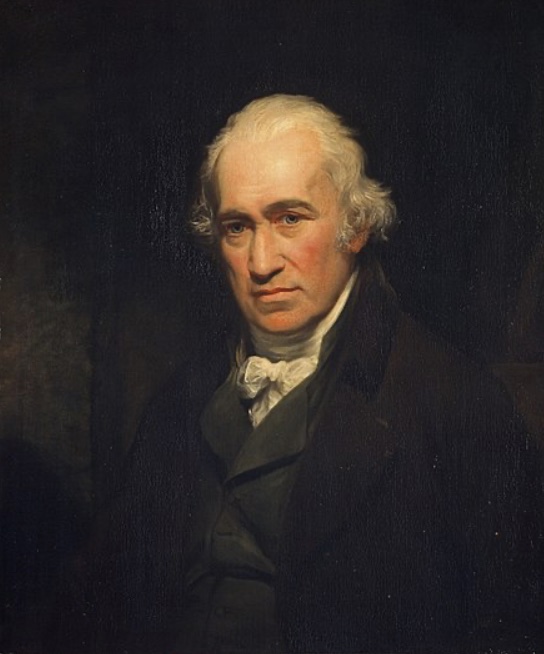
James Watt was born on 19 January 1736 in Greenrock, Scotland, the eldest of the five surviving children. His mother was well educated and his father was a ship owner and contractor. His grandfather, Thomas Watt (1642–1734), was a teacher responsible for teaching mathematics, surveying and navigation
Initially, Watt was home-schooled by his mother, before attending Greenock Grammar School, where he showed a proclivity for mathematics. Watt’s mother died when James was 18 years old and his father was unable to support him. James moved to London where he was trained to make measuring instruments. A year later he returned to Glasgow where the university employed him to restore some inherited astronomical instruments to full function. His work was so outstanding that in 1757, he was provided with a small workshop within the university to make measuring instruments.
While working at the University of Glasgow, Watt was fascinated by the mechanical efficiency of the newly emerging steam engines. Intent on improving this efficiency on a grand scale, he developed the separate condenser, that improved significantly the Newcomen steam engine that had been invented 60 years earlier. Eventually, his innovations led to his invention of the Watt steam engine in 1776 that played a significant role in injecting steam power into the industrial revolution.
